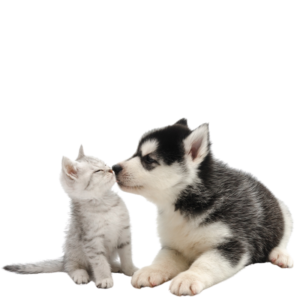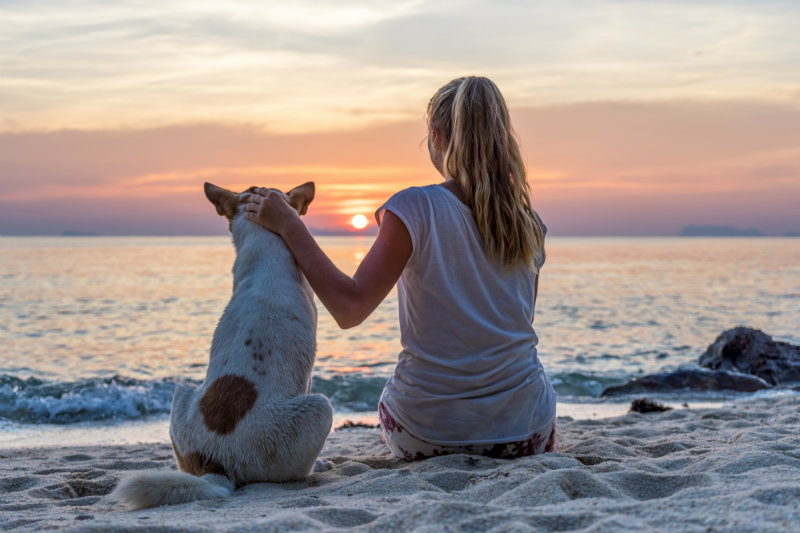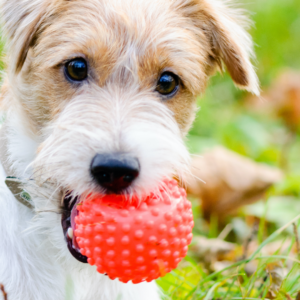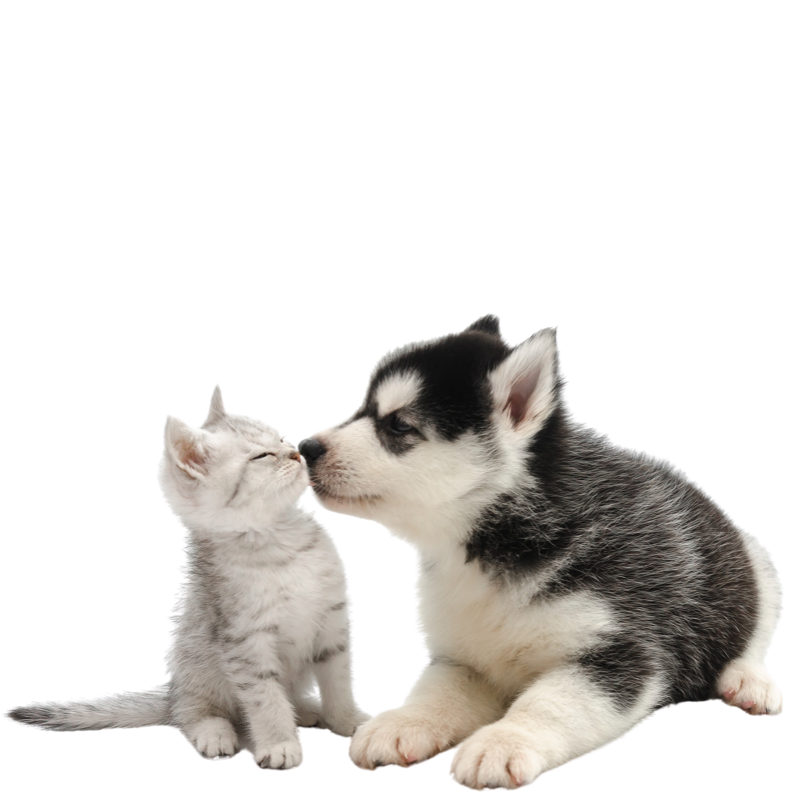What is Separation Anxiety?
Separation Anxiety is triggered when the dog gets separated from its owner; it causes the dog to become upset and anxious. It may cause the dog to urinate or defecate in the house; can also cause destructive chewing and excessive barking and howling. Some dogs may bite at their skin or paws which can cause further skin issues. Medical conditions can also cause these symptoms, always make sure you bring your pet to the vet to make sure it’s nothing medically related.
Why Dogs Develop Separation Anxiety?
Separation anxiety may develop in dogs due to a number of different things.
- Being abandoned or surrendered to a shelter or a different family.
- A sudden change in your schedule, if your dog is used to having someone home at all times and all of a sudden is left alone for several hours, it may cause them to develop anxiety, and they may wonder when their owner is coming home.
- Moving – relocating to a different home may trigger anxiety.
- The sudden absence of a family member, dogs become very attached to their owners and love us unconditionally.
Is Your Dog Bored?
Dogs need lots of physical activity and mental stimulation every day. Every breed is different; some dogs require more physical and mental stimulation than others depending on their energy level requirement. For example, Border Collies are very active and intelligent dogs who need a lot of exercises; they constantly want to please their owners and also need continuous mental stimulation every day.
If your dog does not receive enough physical or mental stimulation it will cause boredom. It may cause your dog to bark and howl excessively, chew, and destroy furniture or anything that is lying around. To prevent boredom, give your dog lots of exercises and always give him a job to do. Have a lot of toys, for example, you could put peanut butter in a Kong and freeze it. Have treat games for your dog to keep busy with.
How to Resolve Separation Anxiety
Counterconditioning with positive reinforcement is the best way to resolve separation anxiety. Counterconditioning is changing a fearful reaction to a happy and relaxed reaction. You may do this by giving your dog toys to keep him occupied while you go to a different room. Eventually, you may increase from going to a different room to stepping outside for a minute and come back inside. Slowly increase the time as your dog becomes more comfortable. If your dog becomes anxious as soon as you put your shoes on, maybe try to put your shoes on and leave them on in the house while you do chores so the dog does not associate this as a negative situation; your departure. Always use lots of positive reinforcement and praise.
Written by Riverview Animal Hospital




